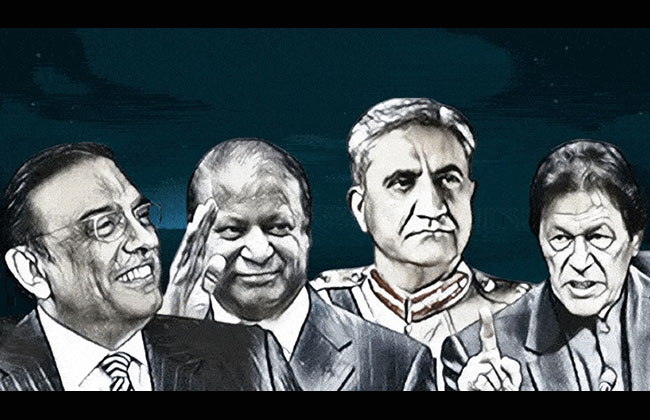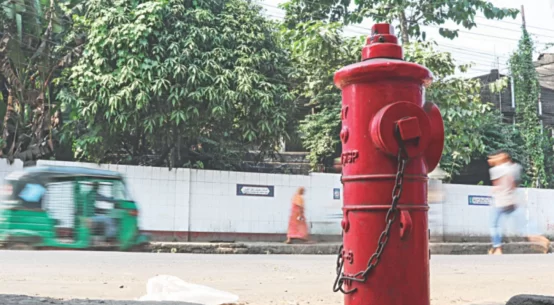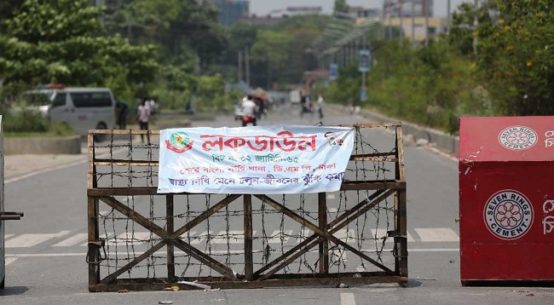
Pakistan broke its own standards of political instability in the year 2022 and entered 2023 with heightened polarization, without any foreseeable turn around in sight. Political unrest that started in the wake of the successful VONC against Imran Khan gripped the whole country. In fact, with the dissolution of the Punjab Assembly, the political storm has gathered even more fervor with imminent constitutional and governance consequences. PTI linked the dissolution of the Punjab and KP Assemblies a step towards General Elections, whereas PDM has not ceded to Khan’s demand for early elections. Instead, they have termed the premature dissolutions a blow to the democratic process.
Dissolving Punjab Assembly was indeed PTI’s pressure tactic and it has shell-shocked the PDM led federal government by dissolving KP Assembly as well. Additionally, MQM, a coalition partner of PDM, hinted at parting ways with the government after its reservations for constituencies delimitations were put to rest by the Election Commission of Pakistan (ECP) when it decided to go ahead with local government elections in Sindh on January 15th, the original date. Meanwhile, the Speaker National Assembly’s acceptance of 70 resignations of PTI MNAs to obstruct the party’s potential plan for rounding Prime Minister Shahbaz Sharif with Vote of Confidence intensified the political standoff. The year 2023 is off to a tumultuous start already and we might see the situation further deteriorating until October when General Elections are supposed to take place.
The persistent political volatility exacerbated economic fallout; foreign reserves are at their lowest levels since 2014, debt payments have piled up, remittances hit a 27-month low, the rupee lost 24% of its value since April 2022, the stock market operated in an unreliable environment, and above all investors’ confidence in the economy is rapidly dwindling. Pakistan has been grappling with a faltering economy for years but Covid, the global economic slowdown and this year’s deadly floods have overburdened an already fragile economy. Apparently, Pakistan has averted default after the friendly states UAE and KSA agreed to rollover previous loans, and credited further money to strengthen Pakistan’s reserves. The government was also able to get flood aid pledges of over $10 billion in a recently concluded conference in Geneva. The risk of default, however, still looms as the country reels from a severe financial crunch, in the face of stalled dialogue with the IMF.
The besieged PDM government is in a perpetual crisis as meeting IMF conditions would increase already skyrocketing inflation, thus further weakening the government politically, whereas avoiding the IMF could increase the risk of default risk. Additionally, Pakistan has to pay back $73 billion debt in the next three years, but it has yet to figure out where that money will come from. At year’s end, it was unclear how Pakistan would navigate the economic crisis and the new year continues to tell us almost a similar story.
In the face of deepening political division and economic vulnerabilities, the challenge of TTP’s resurgence came back to haunt the state of Pakistan. The banned terror outfit has upped the ante against security forces and has carried out multiple strikes in the northern belt of the country. According to Pakistan Institute for Conflict and Security Studies (PICSS) data, 2022 had seen the highest number of militant attacks in Pakistan during the last five years, as terror incidents increased by 28% compared to 2021. TTP issued a letter to the ruling PML-N and PPP coalition, warning them of attacks if they “remain firm on their position and continue to be slaves of the army.”
In November, TTP ended a several month-long ceasefire with the government, urging its fighters to launch countrywide attacks. It claimed 59 attacks in November alone, the highest of any month since 2018. More than 40 Pakistani security forces personnel were killed in December, which turned out to be the deadliest month in a decade of terrorist violence in the country. In December, Islamabad witnessed the first suicide attack in nearly 8 years when a bomber, allegedly heading for a high profile target, blew himself at a security check-post, killing an on site police official and wounding many. The terror wave entered into the new year with several deadly attacks in KPK and Balochistan. A report released by the Centre for Research and Security Studies (CRSS) stated that Pakistan is likely to endure more violence in 2023.
2023 will be more challenging on nearly all fronts, and the incumbents might try the usual short-term fixes in an attempt to enter the elections with something in hand. This would leave the underlying problems unresolved, thus the country would be back to square one after some time. When the PDM was in opposition, it offered a charter of economy to the then PTI government. It extended the same offer to PTI after assuming power, but Imran Khan seems unmoved. Fundamental problems will continue to swell if all stakeholders do not sit together and chalk out at least a decade long strategy.
Courtesy: The Friday Times, Islamabad, Pakistan
Dr Ameena Tanvir has a PhD in South Asian Studies from the University of the Punjab


